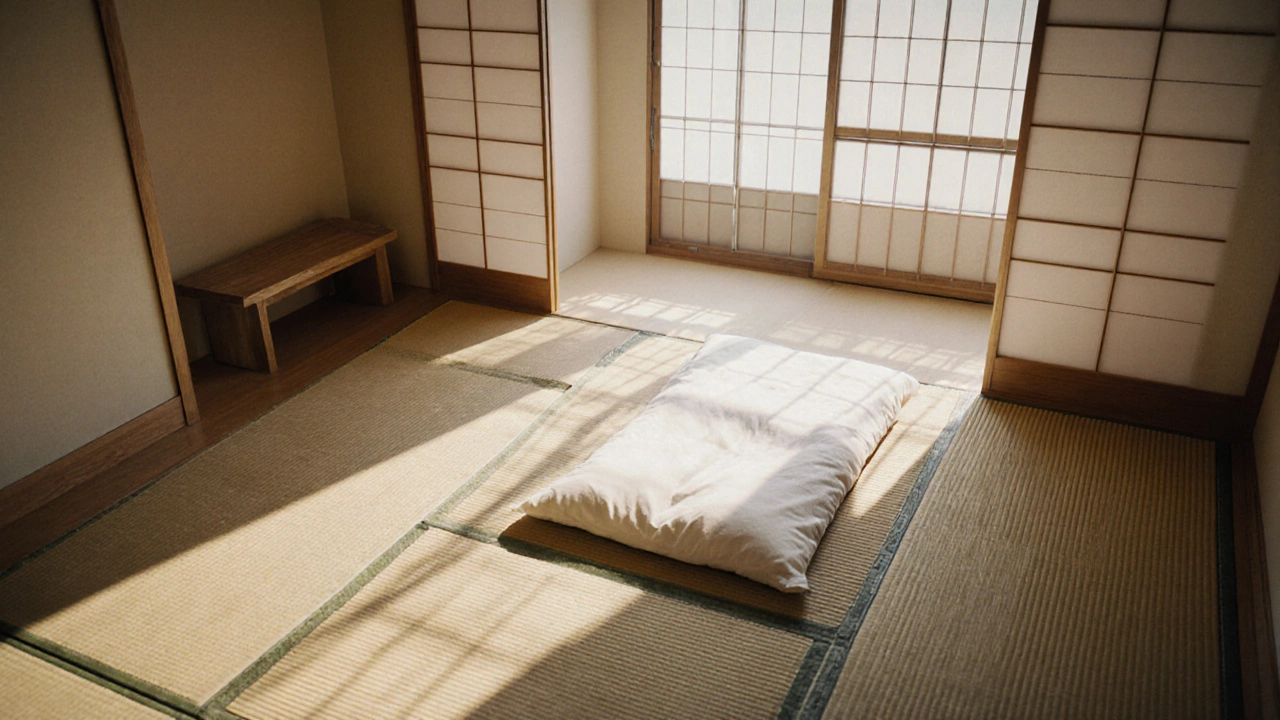Kakebuton: The Simple Guide to Picking, Caring, and Styling Your Bedspread
When you hear the word "kakebuton," you probably think of a soft, fluffy cover for your mattress. It’s the Japanese term for a bedspread or comforter, and it can change the look of a room in minutes. Below you’ll find quick, practical tips to help you choose the right one, keep it fresh, and make it match your décor without spending hours researching.
How to Pick the Right Kakebuton
First, think about the size of your bed. A twin needs a smaller spread, while a king‑size bed benefits from a larger, room‑filling piece. Measure the mattress width and add about 10‑15 cm on each side for a relaxed drape. That extra fabric stops the edges from looking tight.
The fabric matters, too. Cotton is breathable and easy to wash, making it great for hot climates. If you want extra warmth, go for a microfiber or a blend with polyester – it traps heat while staying light. Wool kakebutons feel luxurious and naturally regulate temperature, but they need special care.
Next, check the fill. Down offers plush softness and packs a lot of warmth for its weight, but it can trigger allergies. Synthetic fiber fill mimics down’s loft and is hypoallergenic, plus it dries faster if you need to wash it. Look at the fill power rating: higher numbers mean fluffier, more insulating comfort.Finally, match the colour and pattern to your room. Neutral shades like gray, beige, or white blend with most styles, while a bold print can become the focal point of a minimalist space. If you already have a colourful duvet cover, keep the kakebuton simple to avoid visual overload.
Keeping Your Kakebuton Fresh
Regular cleaning is the secret to a long‑lasting kakebuton. For cotton or polyester blends, a gentle machine wash on cold water works fine. Use a mild detergent, avoid bleach, and tumble dry on low heat with a couple of clean tennis balls – they help restore fluffiness.
If you own a down‑filled kakebuton, spot‑clean stains first, then wash on a gentle cycle with a down‑specific detergent. After washing, dry it on low heat for an extended period, adding the tennis balls again. This prevents clumping and keeps the fill evenly distributed.
Store the kakebuton properly when it’s not in use. Fold it loosely inside a breathable cotton bag rather than a plastic cover; the latter traps moisture and can cause mildew. If you have limited space, roll it instead of folding – rolling reduces creases and lets the fill stay airy.
Finally, protect the kakebuton from everyday wear. A lightweight duvet cover adds a barrier against spills, pet hair, and dust. It’s easy to wash the cover more often than the whole kakebuton, extending the life of both pieces.
With these simple steps, picking, caring for, and styling your kakebuton becomes a breeze. You’ll enjoy a cozy bed that looks great and stays fresh for years. Ready to upgrade your sleep space? Grab a kakebuton that fits your size, fabric preference, and style, give it a quick wash, and you’ll see the difference instantly.
What is Japanese Bedding? A Simple Guide to Futons, Tatami, and Sofa‑Friendly Options
Discover what Japanese bedding really is, from shikibuton and kakebuton futons to tatami mats, and learn how they fit into sofa‑bed setups, material choices, and care tips.
Shikibuton vs. Kakebuton: Understanding Sofa Bed Essentials
Trying to make sense of shikibuton and kakebuton? Shikibuton refers to the traditional Japanese mattress, while kakebuton is a type of comforter. Learn how each fits into a functional and versatile living space, especially when incorporating a sofa bed. Discover practical tips and how these components can enhance your sleep experience and save space in your home.






